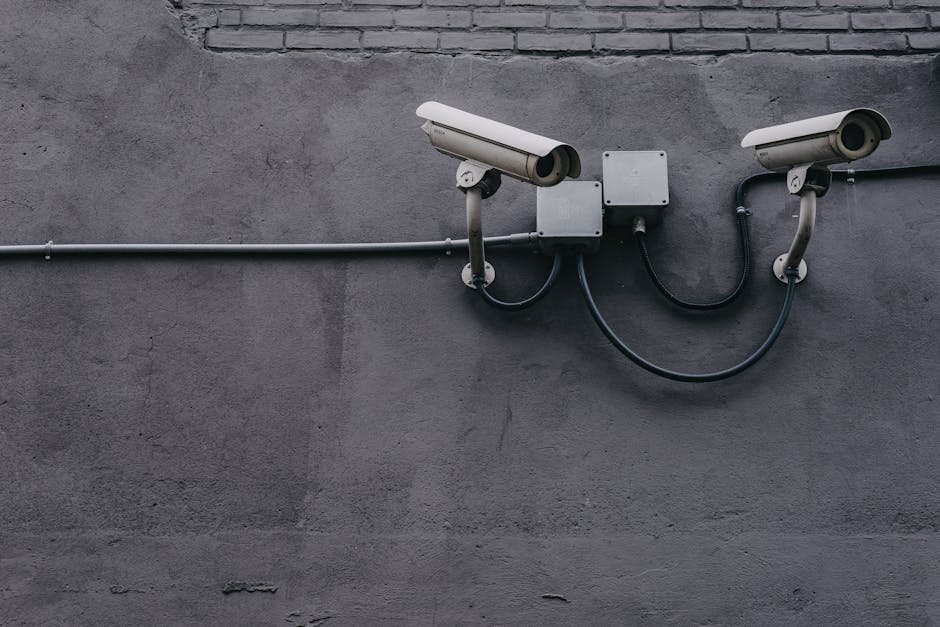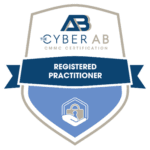Introduction to NIST 800-171
NIST 800-171 is a set of guidelines created by the National Institute of Standards and Technology to help protect sensitive information handled by non-federal organizations. These guidelines aim to enhance cybersecurity measures and safeguard data from unauthorized access and potential threats. Understanding NIST 800-171 is crucial for businesses that work with government contracts or handle sensitive information to ensure they meet the necessary compliance requirements.
What is NIST 800-171?
NIST 800-171 is a set of rules designed to safeguard sensitive government information when handled by non-federal organizations. It lays out security measures that businesses must follow to protect this data from unauthorized access.
Why is NIST 800-171 important?
NIST 800-171 is crucial for protecting sensitive information. Failure to comply can result in losing government contracts, facing penalties, and jeopardizing your business reputation. This standard establishes guidelines to safeguard Controlled Unclassified Information (CUI) in non-federal systems, ensuring data security and integrity. Complying with NIST 800-171 demonstrates your commitment to cybersecurity and enhances trust with customers and partners.
Key compliance requirements of NIST 800-171
To meet the compliance requirements of NIST 800-171, you must ensure your organization has implemented the following key measures:
- Access Control: Limiting access to authorized users only.
- Awareness and Training: Providing cybersecurity education and resources to employees.
- Audit and Accountability: Keeping records of system activities for monitoring and analysis.
- Configuration Management: Managing and controlling changes to the system configuration.
- Identification and Authentication: Verifying the identity of users and devices accessing the system.
- Incident Response: Developing a response plan for security incidents.
- Security Assessment: Conducting regular assessments to identify and address vulnerabilities.
- System and Communications Protection: Implementing safeguards to protect information during transmission and storage.
- System and Information Integrity: Monitoring and protecting systems from unauthorized access and changes.
Ensure you have these measures in place to align with NIST 800-171 compliance requirements.
Understanding the scope of NIST 800-171
NIST 800-171 outlines security requirements for protecting sensitive information in non-federal systems. It covers 14 different categories, including access control, incident response, and risk management. Organizations that handle federal data must comply with these standards to safeguard information from unauthorized access and cyber threats.
Implementation of NIST 800-171 controls
In order to comply with NIST 800-171 controls, organizations must establish and maintain security measures that align with the guidelines set by the National Institute of Standards and Technology. Some key steps to successfully implement these controls include:
- Conducting a thorough assessment of your organization’s current security posture to identify gaps and weaknesses.
- Implementing technical controls such as encryption, access controls, and monitoring systems to protect sensitive information.
- Developing and enforcing security policies and procedures to ensure that employees follow best practices for data protection.
- Regularly auditing and monitoring systems to identify and address security vulnerabilities in a timely manner.
- Providing training and awareness programs to educate employees on the importance of complying with NIST 800-171 controls.
By following these guidelines and actively working towards compliance, organizations can enhance their cybersecurity posture and better protect their sensitive information from potential threats and breaches.
Common challenges in achieving compliance
Organizations often struggle with implementing and maintaining compliance with NIST 800-171 standards. Some common challenges include:
- Lack of Understanding: Many businesses find it difficult to comprehend the complex requirements of NIST 800-171.
- Resource Constraints: Limited resources, including time, budget, and expertise, can hinder effective compliance efforts.
- Technical Complexity: The technical nature of the standards can be overwhelming, especially for non-technical staff.
- Regular Updates: Keeping up with the evolving compliance landscape and updates to the standards can be a challenge.
- Vendor Compliance: Ensuring that third-party vendors also adhere to NIST 800-171 requirements adds another layer of complexity.
Overcoming these challenges requires a thorough understanding of the standards, adequate resources, effective communication across departments, and ongoing monitoring and updates to compliance processes.
Benefits of complying with NIST 800-171
Complying with NIST 800-171 helps protect your company from cyber threats and data breaches. It enhances your cybersecurity measures, ensuring the safety of sensitive information. By following these guidelines, you demonstrate to your clients and partners that you take their data security seriously, building trust and credibility. Moreover, compliance with NIST 800-171 can make your business more competitive, opening up opportunities for government contracts that require adherence to these standards.
Tools and resources for NIST 800-171 compliance
When navigating NIST 800-171 compliance requirements, various tools and resources are available to assist you. Consider exploring resources such as NIST Special Publication 800-171, which outlines guidelines for protecting Controlled Unclassified Information (CUI). Additionally, tools like security assessment frameworks and compliance management software can streamline the process of ensuring your organization meets the necessary standards. Engaging with training materials and consulting services can also provide valuable insights and support in achieving NIST 800-171 compliance.
Conclusion: Achieving and maintaining NIST 800-171 compliance
To achieve and maintain NIST 800-171 compliance, it is imperative to continuously assess your security measures and processes. Regularly updating policies and procedures to align with the NIST guidelines is crucial. Conducting thorough security audits and implementing necessary controls are essential steps in ensuring compliance. Remember, compliance is an ongoing effort, not a one-time task. By staying vigilant and proactive, you can safeguard your organization’s sensitive information and maintain NIST 800-171 compliance.





